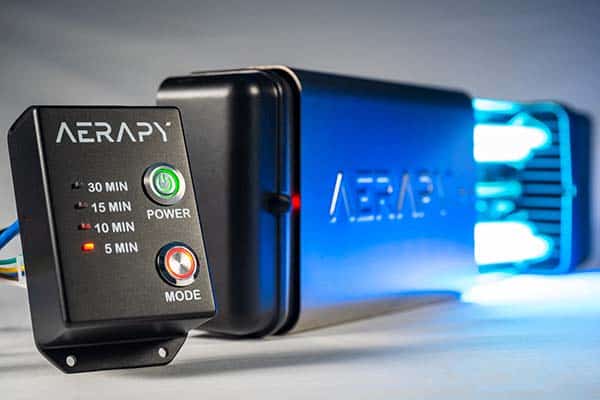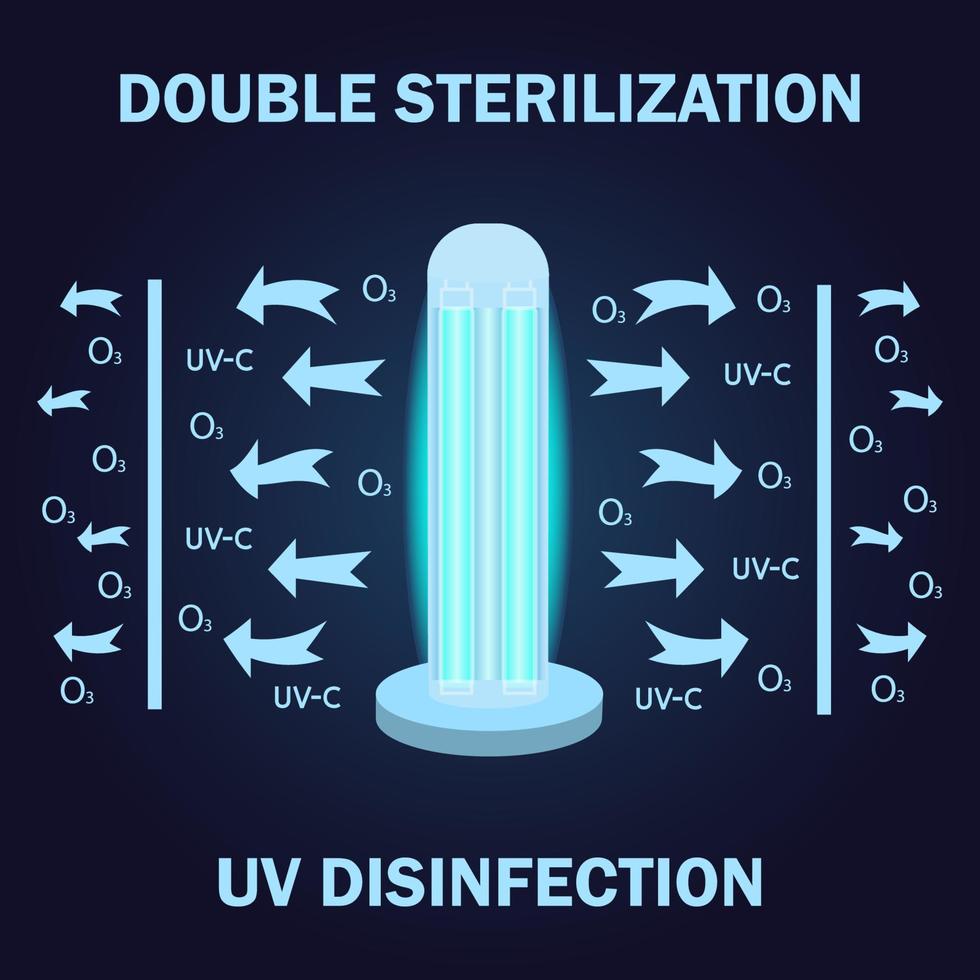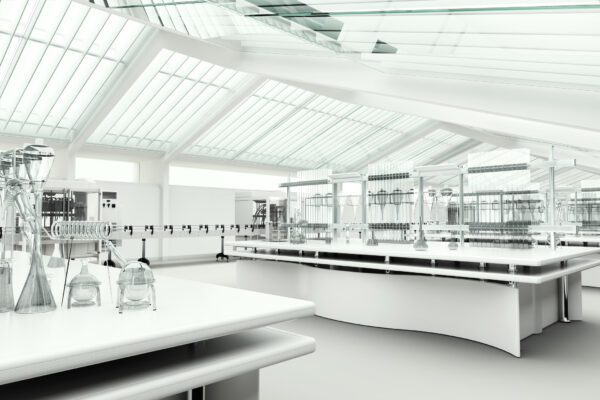UV Sanitation: The Cutting-Edge Technology Transforming Cleanliness Practices
In the realm of hygiene techniques, one modern technology has actually emerged as a game-changer: UV disinfection. With its ability to get rid of harmful pathogens, this cutting-edge modern technology is reinventing the method we come close to tidiness and hygiene. Just how does UV sanitation work, and what are the advantages it uses? From medical care setups to food handling, UV disinfection is making its mark in various sectors. In this discussion, we will certainly check out the ins and outs of this transformative modern technology and look ahead to its promising future.
Just How UV Disinfection Functions
UV sanitation works by making use of ultraviolet light to ruin or suspend microbes, offering a very efficient and chemical-free method of hygiene. This modern technology harnesses the power of short-wavelength UV-C light, which can damaging the DNA and RNA of bacteria, hence making them unable to create and recreate injury.
The procedure starts with the installation of UV sanitation systems, which consist of UV lamps that give off UV-C light. These lamps are purposefully positioned in areas where microbial contamination is a worry, such as water treatment plants, hospitals, labs, and food processing centers.
When microbes are subjected to UV-C light, the photons penetrate their cell walls and reach the DNA and RNA inside. The high-energy UV-C photons disrupt the genetic material by creating bonds between surrounding nucleotides, leading to the formation of thymine dimers. These dimers stop the microbes from replicating, making them safe.
UV sanitation is highly effective versus a vast array of microbes, including viruses, bloodsuckers, and microorganisms. It is particularly effective against waterborne pathogens like E. coli, Giardia, and Cryptosporidium. UV sanitation is a chemical-free approach, getting rid of the demand for possibly dangerous anti-bacterials and minimizing the danger of dangerous disinfection spin-offs.
Benefits of UV Disinfection
UV disinfection supplies many advantages in the area of cleanliness, making it an extremely chosen approach for properly getting rid of damaging microorganisms. Unlike typical disinfection approaches that depend on chemicals, UV sanitation utilizes ultraviolet light to damage the DNA of microorganisms, providing them not able to duplicate and cause infections.

UV disinfection is additionally very versatile in its applications. It can be made use of in different setups, consisting of healthcare facilities, colleges, food handling centers, and water therapy plants. UV sanitation systems can be conveniently incorporated right into existing cleanliness techniques, giving an added layer of defense versus infectious conditions.
In enhancement to its performance and flexibility, UV disinfection is also environmentally friendly. It does not create any unsafe results or deposits, making it a sustainable and risk-free technique for cleanliness - uv surface disinfection. Moreover, UV disinfection requires very little maintenance and has a lengthy life expectancy, leading to cost savings over time.
UV Disinfection in Healthcare Setups
In medical care settings, UV sanitation has arised as an innovative method for properly getting rid of unsafe bacteria. UV sanitation works by producing ultraviolet light at a details wavelength that is lethal to microorganisms, viruses, and various other microorganisms.
First of all, UV sanitation is a non-chemical technique, making it an eco-friendly choice compared to typical disinfection techniques that commonly entail using severe chemicals. Using UV light removes the requirement for chemical disinfectants, lowering the risk of hazardous deposit or chemical exposure to both people and health care employees.
Furthermore, UV sanitation is very reliable in eliminating a vast array of microorganisms, including drug-resistant germs such as MRSA and C. difficile. It offers a regular and trusted sanitation procedure, making sure that all surface areas and tools are extensively sanitized, also in hard-to-reach areas.

UV Sanitation in Food Processing
The application of UV sanitation prolongs past health care setups and discovers significant value in the realm of food handling. uv surface disinfection. UV disinfection technology is ending up being increasingly popular in the food industry as a result of its ability to effectively remove damaging pathogens and boost food safety and security
One of the primary advantages of UV disinfection in food processing is its capability to target a large range of microbes, including viruses, microorganisms, and mold and mildews. By utilizing UV light at details wavelengths, it is feasible to interrupt the DNA and RNA of these virus, making them unable to Visit Your URL recreate or cause harm. This innovation can be used to different phases of the food handling chain, consisting of surface disinfection, tools sterilization, and water therapy.
UV disinfection gives a non-thermal and chemical-free approach of sanitizing food. Unlike typical sanitation approaches that rely on chemicals or warm, UV technology does not leave any kind of residue or alter the taste, structure, or nutritional value of the food. This makes it an ideal option for industries that need rigorous adherence to top quality standards.
In addition, UV disinfection systems are very easy to operate and mount, needing very little maintenance. They can be incorporated into existing processing lines without creating significant disruptions to the manufacturing procedure. In addition, UV systems have a fast treatment time, permitting continuous processing and minimizing downtime.
The Future of UV Sanitation

One location where UV disinfection is anticipated to make substantial innovations is in the area of medical care. With the increase of antibiotic-resistant bacteria and the demand for extra effective sanitation techniques, UV light has the prospective to play an essential function in reducing healthcare-associated infections. UV disinfection systems can be made use of to sanitize surfaces, equipment, and also the air in medical care centers, aiding to stop the spread of damaging microorganisms and improve client security.
An additional industry that might gain from improvements in UV disinfection modern technology is the food industry. UV light has already verified to be an efficient method for decontaminating foodstuff and lowering the threat of foodborne ailments. As modern technology boosts, we can anticipate to see more cost-efficient and efficient UV sanitation systems being implemented in food processing plants, guaranteeing that the food we take in is secure and devoid of harmful bacteria.
Verdict
Finally, UV disinfection is an advanced technology that is changing sanitation methods in medical care settings and food handling. By utilizing UV light to eliminate or deactivate microorganisms, it uses countless benefits such as efficiency, security, and effectiveness. With Check This Out ongoing advancements in this area, UV sanitation holds wonderful prospective for the future of sanitation, providing a reliable and sustainable remedy for preserving tidy and hygienic settings.
UV sanitation is a chemical-free method, removing the demand for potentially damaging disinfectants and decreasing the threat of dangerous disinfection byproducts.
Unlike conventional sanitation techniques that depend on chemicals, UV disinfection makes use of ultraviolet light to damage the DNA of bacteria, making them not able to reproduce and trigger infections. Unlike typical sanitation approaches that count on chemicals or heat, UV innovation does not leave any deposit or alter the taste, more appearance, or nutritional value of the food. As modern technology improves, we can expect to see a lot more efficient and economical UV disinfection systems being carried out in food processing plants, making sure that the food we consume is secure and cost-free from unsafe bacteria.
In final thought, UV sanitation is an innovative technology that is changing sanitation techniques in health care setups and food processing.